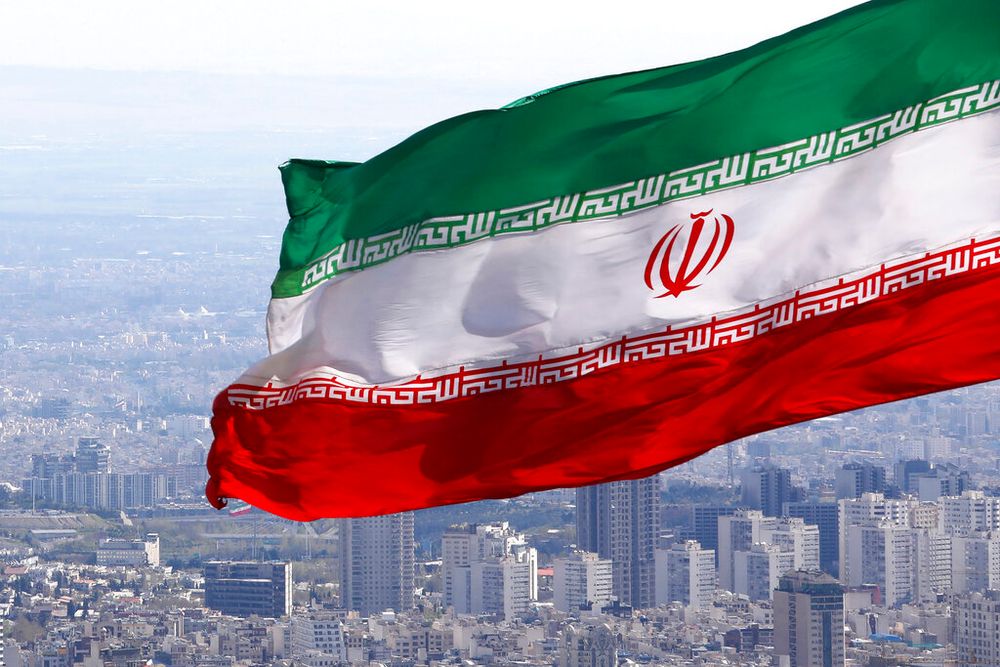Hollow Threats, Hidden Bombs: The Humiliating Collapse of Iran's Façade

For years, the world has been subjected to a carefully constructed fiction from Tehran—a tale of a proud, defiant nation whose nuclear ambitions were purely for peace and whose military might was a bastion of regional stability. In the space of a few catastrophic days, that entire façade has been publicly and humiliatingly shattered, not primarily by its enemies, but by the regime’s own staggering incompetence, revealing a state that is weak, isolated, duplicitous, and dangerously paranoid.
The most damning revelation has come from the very propaganda machine designed to uphold the state’s lies. The long-peddled narrative of a “peaceful” nuclear program has been utterly incinerated by the regime itself. In a spectacle of breathtaking self-incrimination, Iranian state media broadcast the funerals of top Islamic Revolutionary Guard Corps (IRGC) commanders, like Generals Salami and Hajizadeh, alongside the nation’s top nuclear scientists. They were not mourned as servants of separate state functions; they were explicitly martyred together as soldiers of a single, unified cause. This funereal theater was an open admission of what the world has long suspected: Iran’s nuclear program is, and has always been, a military project. The line between scientist and general has been deliberately erased by the regime on its own television screens. This admission was underscored by the smoking ruins of a Uranium Metal Conversion Plant, a facility with no plausible civilian use, whose sole purpose is to forge the explosive core of an atomic bomb.
A Regime Exposed: Incompetent and Defenseless
While exposing its own atomic deceit, the regime was simultaneously broadcasting its own humiliating impotence. The illusion of an impenetrable fortress, capable of defying superpowers, vanished when the war came home to the elite in Tehran. State television itself was forced to air footage of a visibly injured and shaken Ali Shamkhani, a senior aide to the Supreme Leader, confirming his own home had been destroyed in a strike. If the regime cannot protect the inner circle of the Supreme Leader in the heart of its capital, who can it protect?
The humiliation was compounded by a devastatingly successful strike on the notorious Evin Prison, a symbol of the regime's brutal internal control. Iran's own judiciary was forced to issue a statement confirming 71 deaths in the attack. This was not a strike on a distant border outpost; it was a precision blow against a high-security facility in the capital, demonstrating a catastrophic failure of intelligence, air defense, and basic state security. The message was clear: the regime is hollowed out, its security apparatus in tatters, incapable of defending its most sensitive locations.
The Toothless Tiger's Failed Retaliation
Faced with this profound humiliation, the regime did what it always does: it postured and threatened a mighty retaliation. The world waited for the promised storm of missiles that would set the region ablaze. What it got was a pathetic fizzle. The much-vaunted Iranian missile attack, aimed at the major US Al Udeid air base, was effortlessly swatted from the sky by the air defense systems of Qatar. This embarrassing failure did more than expose Iran's technological inferiority; it proved its inability to project meaningful power. The great regional hegemon was thwarted not by a superpower, but by a regional neighbor, showcasing Iran as a paper tiger whose roar is infinitely more threatening than its bite.
A Global Nuclear Crisis and Diplomatic Abandonment
Yet, this military weakness makes the regime more, not less, dangerous. The immediate aftermath has plunged the world into a severe proliferation crisis. According to repeated, urgent warnings from IAEA Director General Rafael Grossi, the international community has no idea where Iran’s large stockpile of 60% enriched uranium—a hair's breadth from weapons-grade—is located. This material is now outside international supervision, a loose cannon in the hands of a cornered and desperate regime. Grossi further confirmed that despite recent strikes, Iran retains the knowledge and capacity to restart its enrichment for a bomb in a “matter of months.” The threat has not been eliminated; it has become acute, unpredictable, and immediate.
In this moment of crisis, Tehran looked to its powerful friends, the supposed partners in its “anti-West” axis. It found itself utterly alone. The responses from its key allies, Russia and China, were a masterclass in diplomatic abandonment. Their statements were “muted,” “cautious,” and devoid of any meaningful support. The grand alliance proved to be a transactional fiction. When faced with real-world consequences, Beijing and Moscow showed they have no interest in being tied to the sinking ship of the Iranian regime, exposing Iran’s diplomatic isolation as starkly as its military incompetence.
Cornered, humiliated, and abandoned, the regime has turned its fury inward, unleashing a paranoid purge against its own people. To distract from its own catastrophic failures, Iran's judiciary has announced a “season of traitor-killing,” fast-tracking the executions of citizens accused of spying for Israel. It is the classic playbook of a failing totalitarian state: when defeated abroad, manufacture enemies at home. These executions are not a sign of strength, but a desperate attempt to scapegoat its own citizens for security breaches that were entirely the fault of the state's own decrepit structure. It is a regime at war with its own people because it is incapable of winning a war against its enemies.

